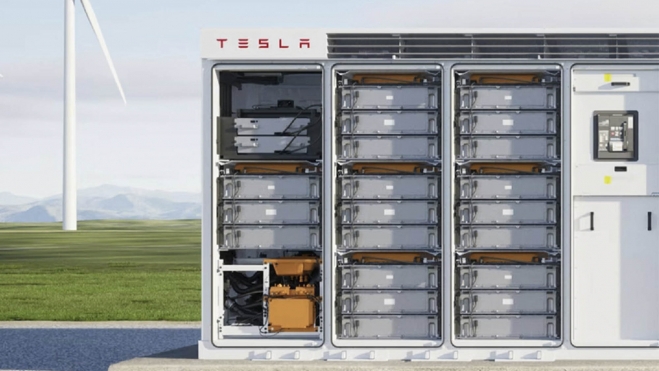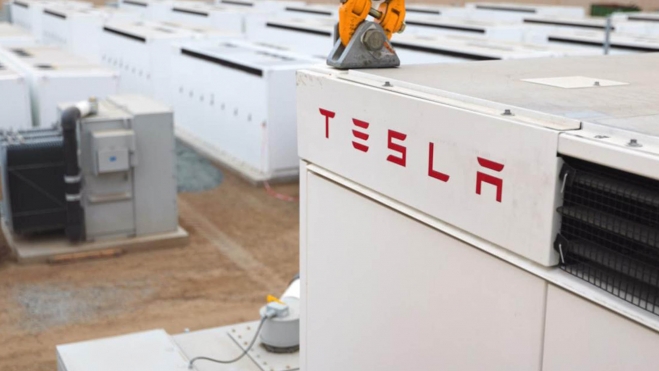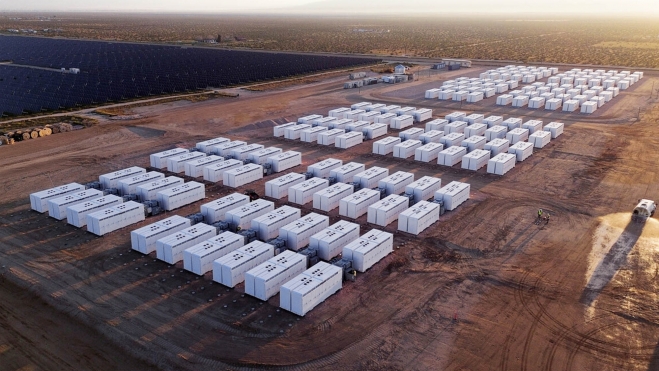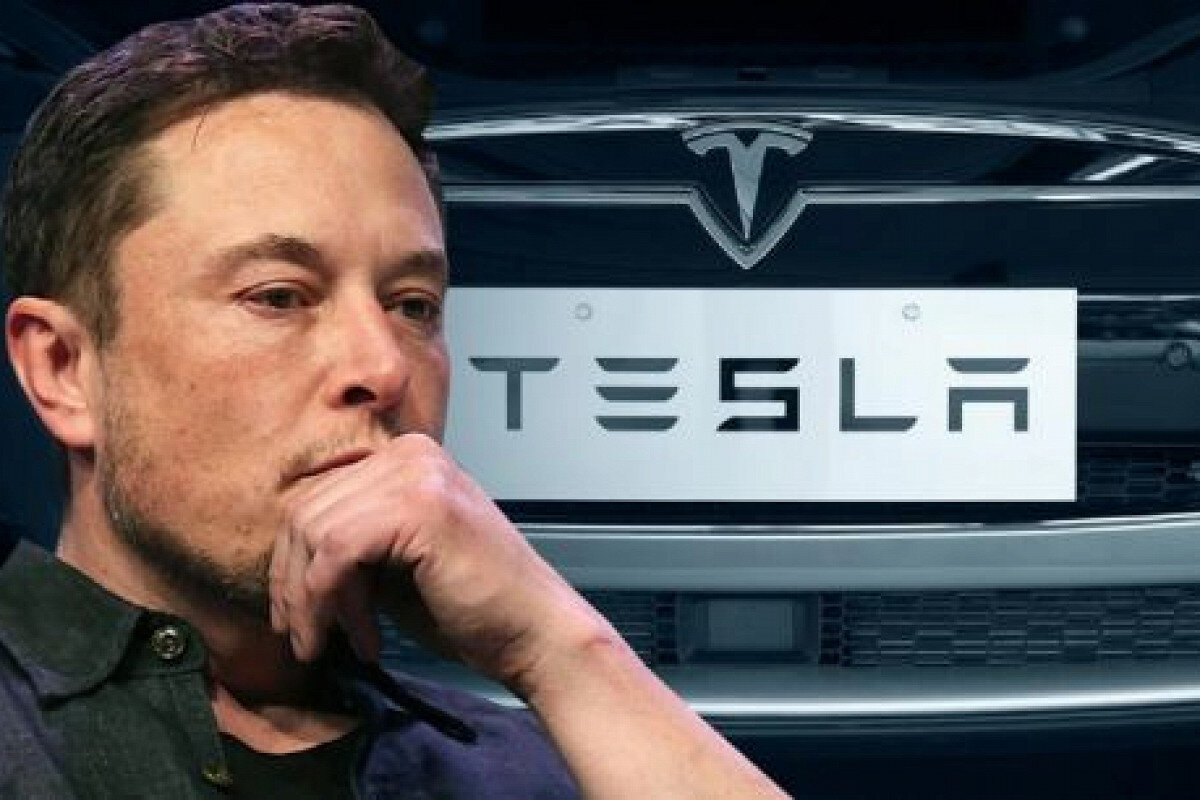Tesla has signed a contract worth 4 billion yuan (about $557 million) with the Shanghai government and China Kangfu International Leasing to build the country’s largest urban megabattery and strengthen its presence in the Chinese energy sector.
The project, which will use Megapacks, storage modules of up to 3.9 MWh each, is expected to be operational in 2027, consolidating Tesla as a key player in energy storage, beyond its electric car factory.

Stabilising the electricity grid with an energy buffer
The lack of political tensions between the US and China on energy issues has allowed Tesla to spearhead one of the largest renewable infrastructure projects in Shanghai. The agreement involves a joint venture with the local government and China Kangfu International Leasing.
China has the largest electricity grid on the planet and has seen record deployment of renewable sources: in 2024, it added 329 GW, equivalent to half of the total renewable capacity installed globally that year.
A grid with greater solar and wind power requires storage systems to balance supply and demand. The new Shanghai complex will seek to buy energy at times of low demand and low prices and sell it at peak times, thus reducing the risk of blackouts and improving electricity stability.

Tesla’s Megapacks are modular storage units containing lithium-ion cells, electronics, cooling and integrated control systems. Each has a stated storage capacity of 3.9 MWh and delivers up to 1 MW of power for four continuous hours.
The manufacture of these modules in China is consolidated with the Shanghai megafactory, which has the capacity to produce 10,000 units per year. Completed in 2024 and inaugurated in February 2025, more than 100 Megapacks have already been produced there. In June 2025, agreements worth 4 billion yuan (557 million dollars) were signed. The country’s largest urban megabattery is scheduled to begin operations in 2027.

A more profitable business line than electric cars
Megapacks will be used to support the grid, the cradle of electric mobility. By ensuring a stable and flexible supply, they reduce the risk of power outages, which in turn encourages the expansion of fast-charging stations and the use of electric vehicles in dense urban areas. In addition, by stabilising supply and demand, it encourages greater implementation of renewables and makes electricity tariffs more competitive, benefiting both private individuals and professional fleets.
With this operation, Tesla significantly strengthens its energy storage division. This business could generate more revenue than its core business: the sale of electric cars.
In 2024, the energy branch already exceeded £10 billion in annual revenue, with year-on-year growth of 67%. The new contract in Shanghai reinforces this trend and Tesla’s positioning against domestic competitors such as CATL and BYD.

